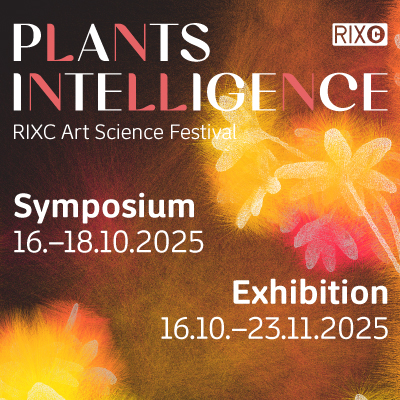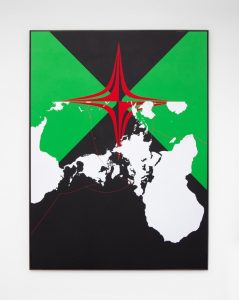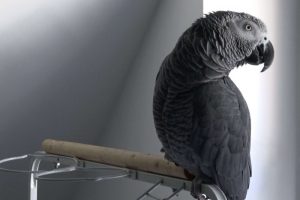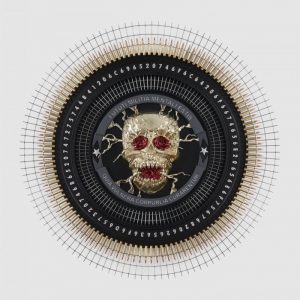How do we navigate the tensions between our online and offline lives? How do information systems affect our sense of privacy? Our sense of self or even the way we think? How do these new dynamics affect the very fabric of society? And, more interestingly perhaps, how do artists reflect conceptually and aesthetically on all these questions?
By addressing some of these questions the Strasbourg Biennale of Contemporary Art, curated by Yasmina Kouaidjia, invites us to reflect on what it means to be a citizen in the age of hyper-connectivity.
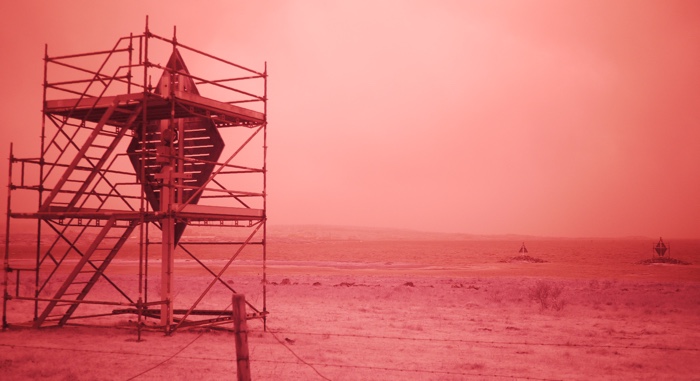
Evan Roth, Internet Landscapes: Sweden, 2016
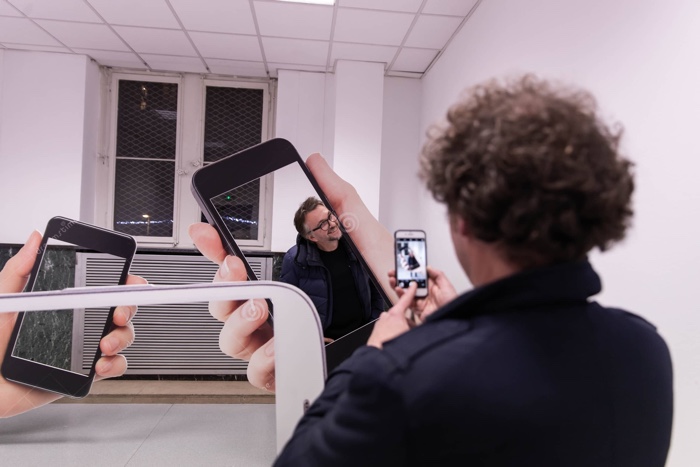
Aram Bartholl, Point of View, 2015. Strasbourg Biennale, Touch Me – Being a Citizen in the Digital Age, Installation View. Photo: © Ben Hincker
Despite a theme anchored in digital media, the event doesn’t have the ambition to be a new media art exhibition but a contemporary art event that explores the many ways technology challenges society today. Its other mission is to put Strasbourg, a city no one would ever accuse of being too fond of avant-garde culture, on the contemporary art map.
The biennale opened a few weeks ago. It presents works of varying depths, urgency and strengths. But on the whole, the selection of art pieces should provide the audiences with enough food for thought and debates.
I was, as is often the case, particularly attracted to the works that remind us how misinformed we are about the infrastructures and energetic realities that power our information age. The cloud, the cyberspace, the virtual and other metaphors associated with the internet lull us into a pleasant sense of ethereal, disembodied connectivity. These terms, however, are deceiving. They disconnect the internet from its geography, physicality and energy cost.
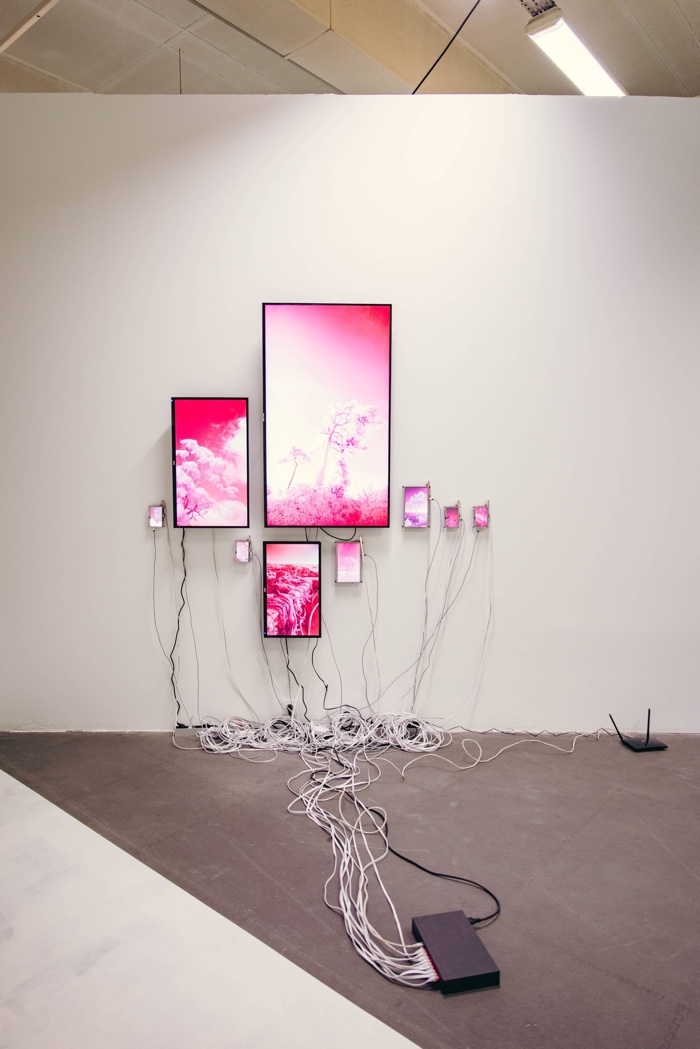
Evan Roth, Landscapes, 2017. Strasbourg Biennale, Touch Me – Being a Citizen in the Digital Age, Installation View. Photo: © Ben Hincker
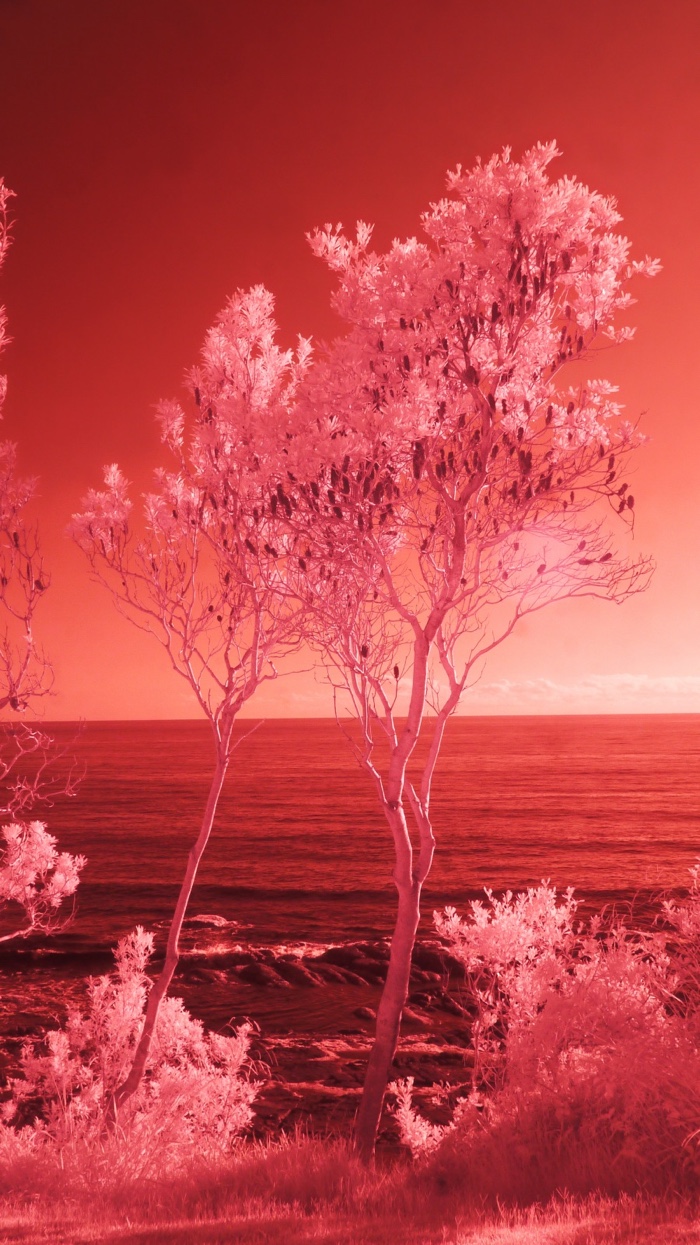
Evan Roth, still from the series Internet Landscapes: Sydney, 2016
In Evan Roth‘s Landscapes series, for example, the cloud is not in the sky. It literally emerges from the ocean.
Nearly 99% of transoceanic data traffic is channeled through cables laid on the seafloor. The routes they take, often the same as the ones established by European empires for telegraph communication in the 19th century, are documented on the Submarine Cable map. The artist retraced the position of these fiber-optic cables, identified the coastal sites where they emerge from the waters and flew there. This pilgrimage brought him in the UK, the US, Sweden, France, Australia, Argentina, Hong Kong, New Zealand, South Africa, etc. Once arrived on the landing site, Roth filmed the landscapes where cables emerge from the sea. The images in the installation often feature deserted beaches, the ocean and a serene sky. On one of the screens, though, wires emerge from the water and lay unprotected on the ground. It’s so peaceful. The wind makes the leaves on the tree move gently, once in a while a bird or a plane enters the frame, you can almost hear the waves…
The artist recorded the landscapes using a camera hacked to film in infrared, the frequency of the information traveling through fiber optic cables. Each video was then uploaded to a server located in the country in which the landscape was shot. This literally connects you to the scene you are looking at.
Roth’s videos evoke German romantic landscape paintings. They provide visitors with a space for contemplation, a pause much needed in these times of technological and cultural acceleration.
I’ve seen the work around several times already and I seem to like it even more each time. Fortunately for me, the latest iteration of Roth’s landscape series is Red Lines, a work you and i can run on any unused screen we might have at home. I’d also recommend this Guardian podcast which takes a critical look at the underwater fibre-optic system with the help of both Evan Roth and digital media researcher Nicole Starosielski.
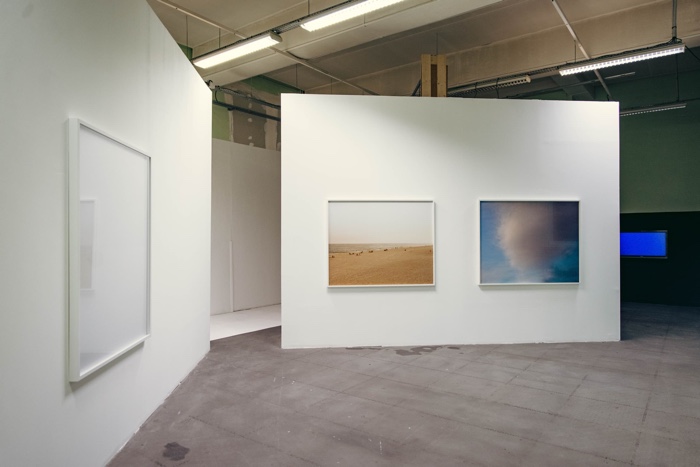
Trevor Paglen, (left to right): Untitled (Reaper Drone), 2013; NSA-Tapped Fiber Optic Cable Landing Site, Mastic Beach, New York, United States, 2015; Untitled (Reaper Drone), 2013. Strasbourg Biennale, Touch Me – Being a Citizen in the Digital Age, Installation View. Photo: © Ben Hincker
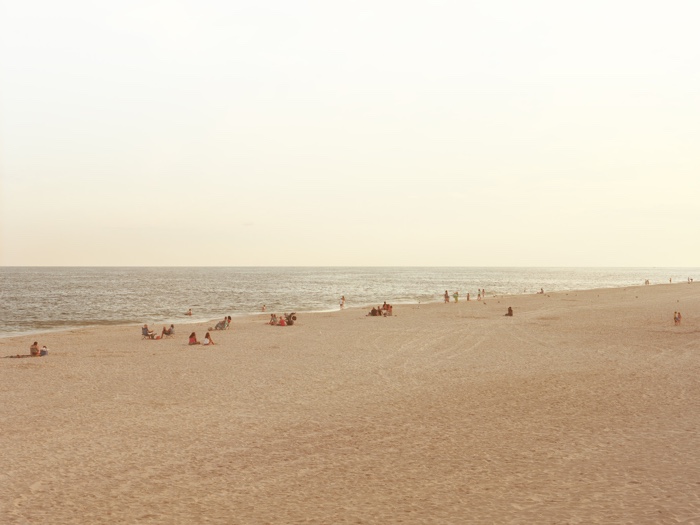
Trevor Paglen, NSA-Tapped Fiber Optic Cable Landing Site, Mastic Beach, New York, United States, 2015
The work of geographer and photographer Trevor Paglen gives some visibility to secret government activity using instruments for long distance photography, rigorous investigative research and an aesthetic language that suggests the breakdown of representation in the context of concealment.
The three photos in the show attempt to uncover the hidden landscape of mass surveillance. The one titled NSA-Tapped Fiber Optic Cable Landing Site, Mastic Beach, New York is particularly fascinating. The image is part of a series that “draws on documents from the Snowden archive and other sources to develop a vision of the Internet that emphasizes the materiality of communications networks, and the political geography of the Internet,” explained the artist. “In doing so, the project mimics the NSA’s own understanding of the Internet, emphasizing fiber optic cables, landing sites, switching facilities, data centers, and the routes and choke points in global telecommunication infrastructures.”
Because the site was shot at long range, the image dissolves until it evokes the soft texture and pastel tones of a pointillist painting.
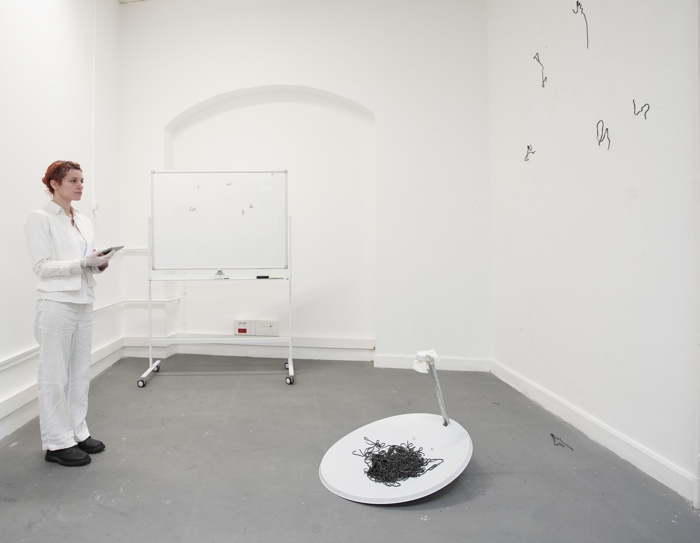
Sarah Ancelle Schoenfeld, Alien Linguistic Lab, 2017. Strasbourg Biennale, Touch Me – Being a Citizen in the Digital Age, Installation View. Photo: © Ben Hincker
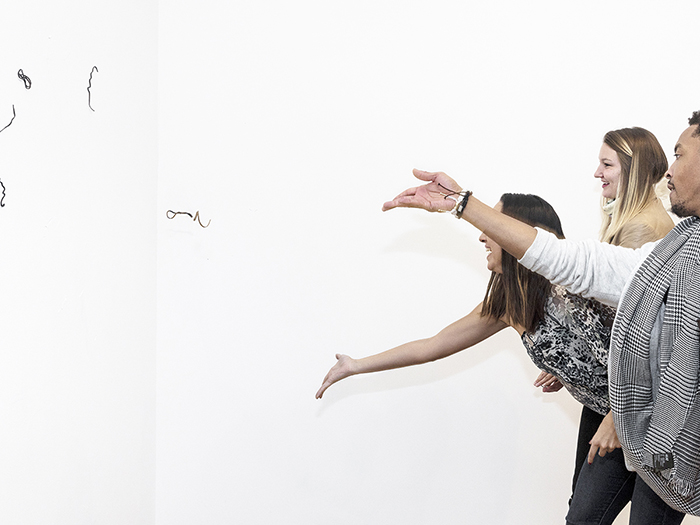
Sarah Ancelle Schoenfeld, Alien Linguistic Lab, 2017. Image courtesy of the artist
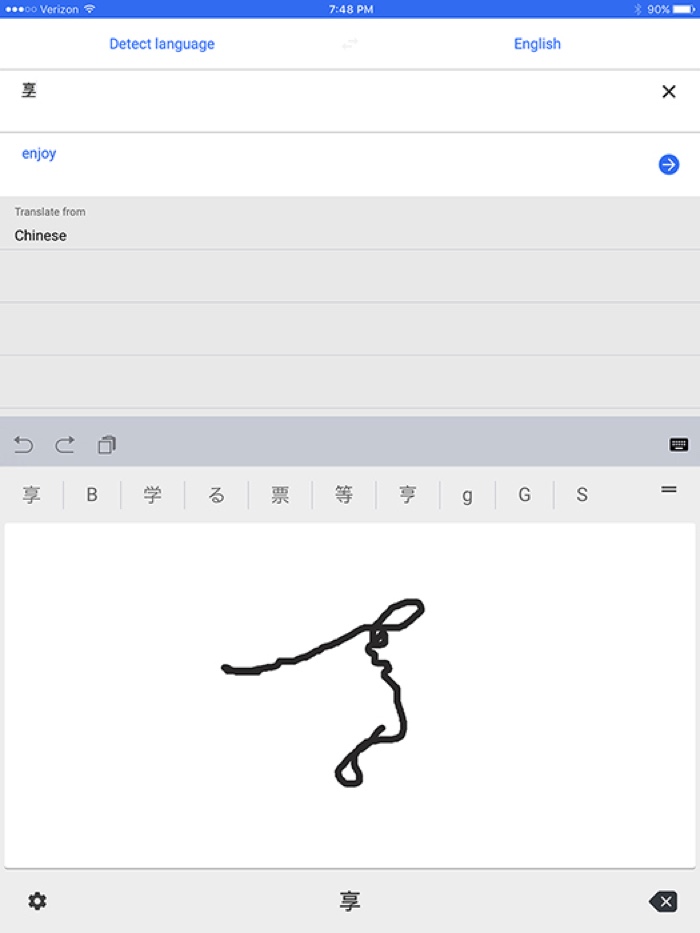
Sarah Ancelle Schoenfeld, Alien Linguistic Lab, 2017. Image courtesy of the artist
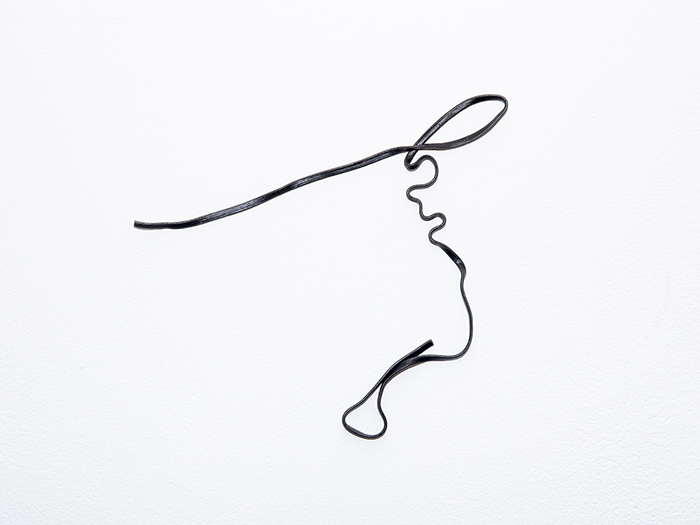
Sarah Ancelle Schoenfeld, Alien Linguistic Lab, 2017. Image courtesy of the artist
Sarah Ancelle Schoenfeld, one of the few women artists in the biennale, is also interested in unseen forces (unseen to most of us at least) and she wants to help us communicate with them.
Her Alien Linguistic Lab is a workshop/educational program conceived to linguistically prepare us to communicate with extraterrestrial beings.
How do we develop a way to chat with aliens if we’ve never encountered any? She suggests we look at octopuses. The intelligence of octopuses is such that i once heard a scientist advance that if the eight-limbed molluscs had longer lives and better social skills, they’d have developed very sophisticated civilizations by now.
A recent theory argued that octopuses are the closest creature to an alien on earth. They are the most complex animal with the most distant common ancestor to humans. We are not sure about the identity of that ancestor. According to Philosopher of science Peter Godfrey-Smith, “It was probably an animal about the size of a leech or flatworm with neurons numbering perhaps in the thousands, but not more than that.”
If octopuses are so alien to us and so smart, maybe we underestimate the reasons why they squirt ink. We might thing that octopuses just use the ink to create a smokescreen when feeling threatened. But what if that ink contained encoded linguistic messages?
The artist has some cooked pasta ready for visitors. Linguine al nero di seppia, to be precise. This type of pasta is tinted with cephalopods ink and might thus withhold alien information. Besides, linguini is derived from the word lingua which means language, tongue.
Visitors are invited to take a single al dente liguina and throw it onto a white wall. The noodle sticks to the surface and forms a shape that is then decoded using Google Translate language recognition function. The machine translation service recognizes words (often identifying them as Armenian or coming from a number of African languages). By repeating this protocol, the audience generates an oracle.
The transmitted alien messages can then be interpreted and discussed. Different concepts of understanding the world, language and other universes emerge.
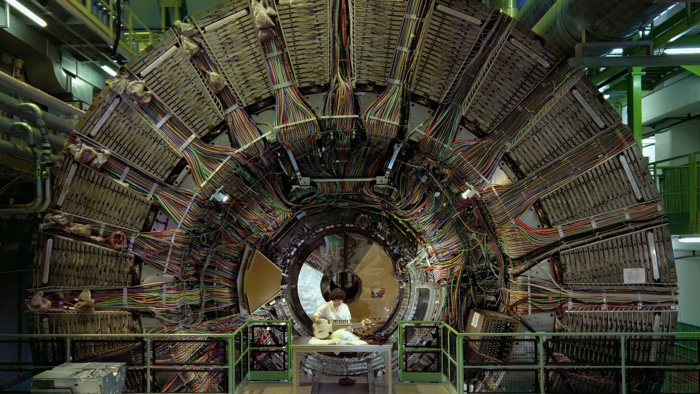
Philipp Lachenmann, DELPHI Rationale, 2015/17
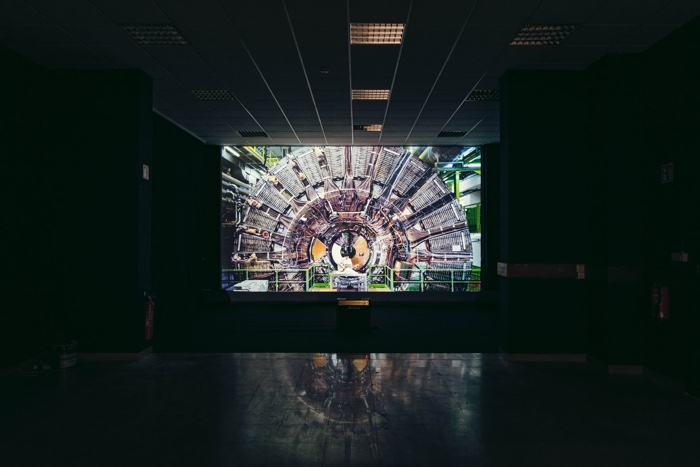
Philipp Lachenmann, DELPHI Rationale, 2015/17. Strasbourg Biennale, Touch Me – Being a Citizen in the Digital Age, Installation View. Photo: © Ben Hincker
Philipp Lachenmann’s mesmerizing video uses the now decommissioned DELPHI particle detector at CERN in Geneva both as a “backdrop” for an Indian sarod player and as a brightly coloured painting.
The film brings together our Western rational world, embodied by the largest particle physics laboratory in the world, with improvised Indian music based on the performer’s own mood.
The soothing music seems to challenge this temple of science and technology and invite us to pause and meditate upon the speed of what we, perhaps erroneously, call progress.
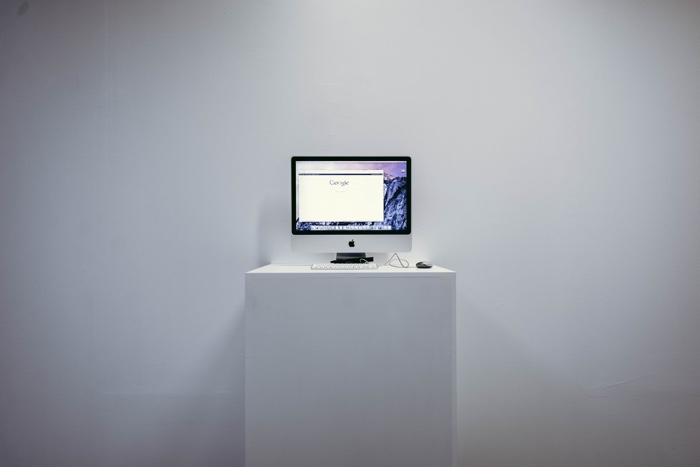
Constant Dullaart, Terms of Service, 2014. Strasbourg Biennale, Touch Me – Being a Citizen in the Digital Age, Installation View. Photo: © Ben Hincker
Constant Dullaart‘s animated Google search page Terms of Service offers a subtle critique of the control that corporate systems hold upon our lives. In the work, the Google search box is an interface that recites Google’s terms of service out loud.
The piece is vexatious. It forces us to confront our passivity when we subscribe to Google’s “services”. These terms of service are too long to read, their sheer length hiding the fact that we are at their mercy. The giants of Silicon Valley make our lives more connected and in many respects easier but our access to information is always subordinate to their own mercantile interests. “We are not using the internet, the internet is using us.”
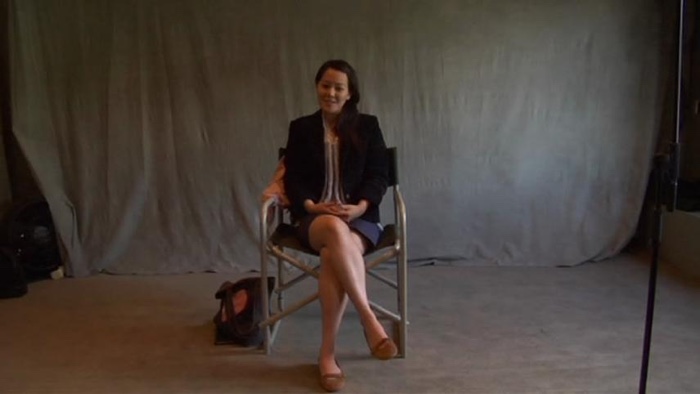
Alain Della Negra and Kaori Kinoshita, NEWBORNS, 2006
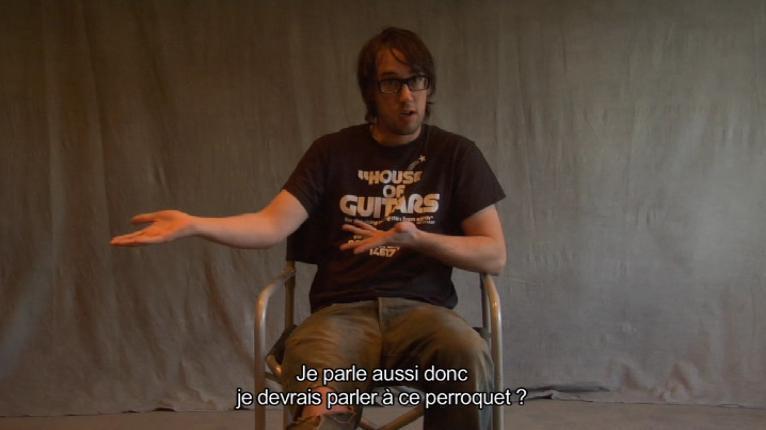
Alain Della Negra and Kaori Kinoshita, NEWBORNS, 2006
Alain Della Negra and Kaori Kinoshita have long been exploring the tensions between individual identity and avatars. The people interviewed in the film selected for the biennale describe how they struggle to learn how to move, enter a conversation, get dressed or understand basic social rules. They discover the unexpected joys of flying over landscapes and of having a sexier name or an edgier appearance. You’re wondering what they are talking about until you realize that these men and women are relating their experience of being ‘newborns’, of entering the universe of Second Life for the fist time.
The experience might have been disorienting and a bit odd but to them, it is as real and serious as the rest of their life.
More works and images from Strasbourg Biennale of Contemporary Art:
Florian Mehnert, Waldprotokolle, 2015
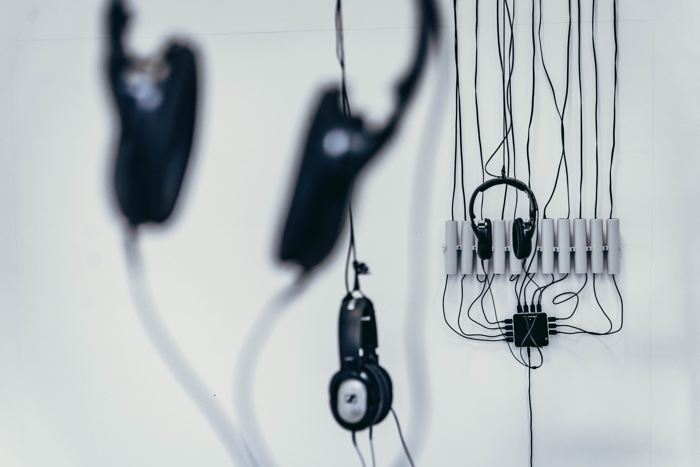
Florian Mehnert, Waldprotokolle, 2015. Strasbourg Biennale, Touch Me – Being a Citizen in the Digital Age, Installation View. Photo: © Ben Hincker
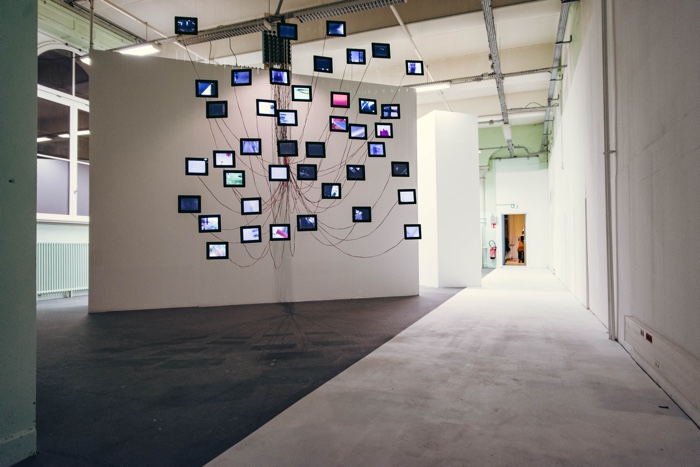
Florian Mehnert, Menschentracks, 2014. Strasbourg Biennale, Touch Me – Being a Citizen in the Digital Age, Installation View. Photo: © Ben Hincker
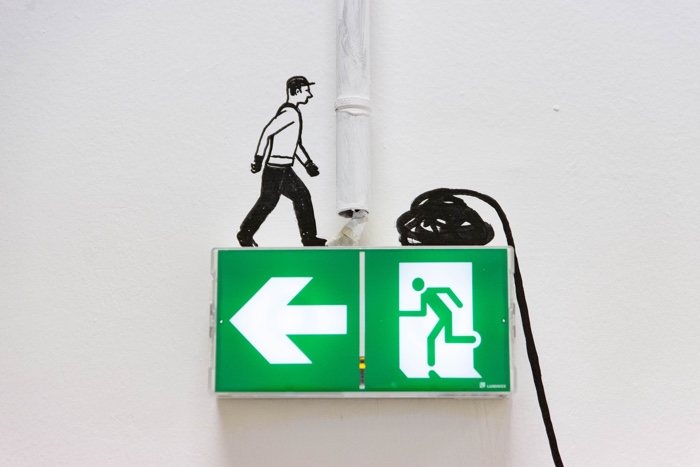
Vincent Broquaire, Untitled, 2018 Strasbourg Biennale, Touch Me – Being a Citizen in the Digital Age, Installation View. Photo: © Ben Hincker
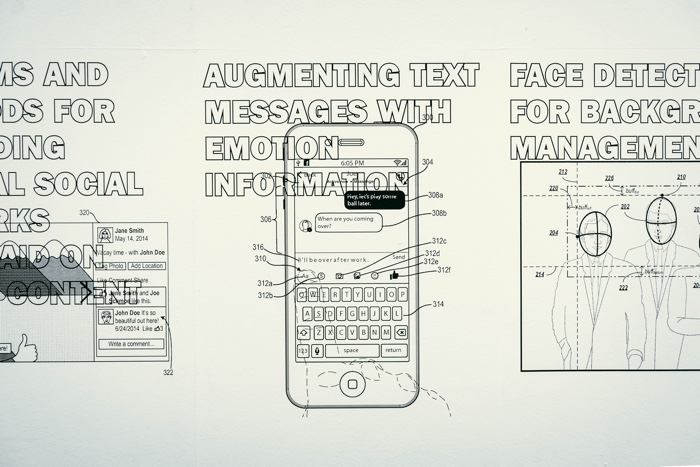
Paolo Cirio, Sociality, 2018. Strasbourg Biennale, Touch Me – Being a Citizen in the Digital Age, Installation View. Photo: © Ben Hincker
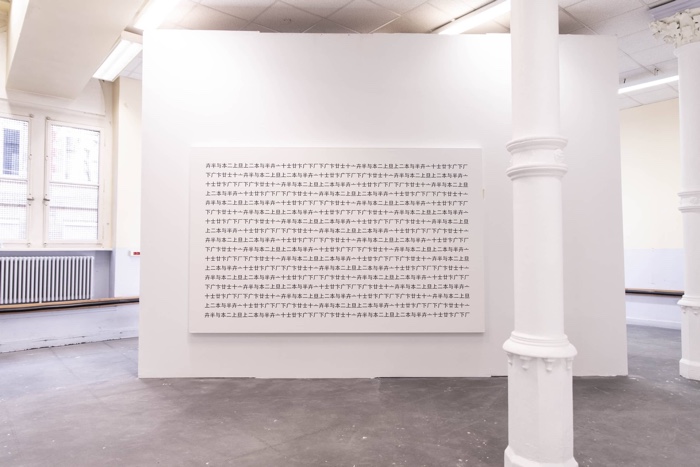
Jia, Untitled, from the series The Chinese Version, 2012. Strasbourg Biennale, Touch Me – Being a Citizen in the Digital Age, Installation View. Photo: © Ben Hincker
Touch Me, the 1st edition of the Strasbourg Biennale of Contemporary Art was curated by Yasmina Khouaidjia. The event remains open until 31 March 2019 at Hôtel des Postes in Strasbourg, France.

